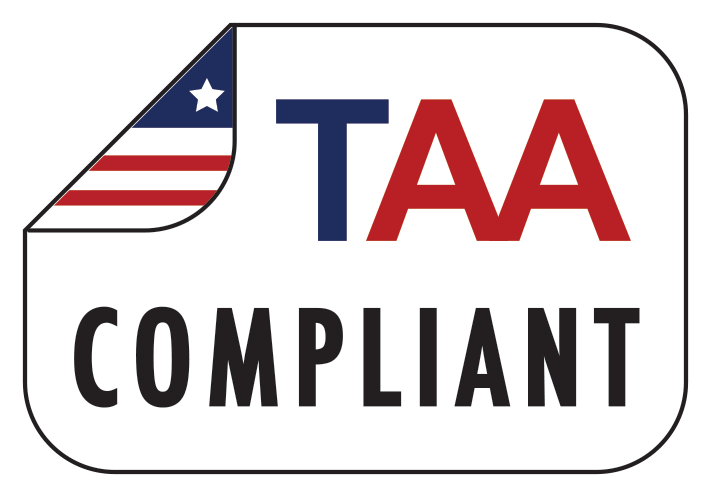GSA Pricing Principles Overview
GSA Schedule Contracts serve as essential government procurement vehicles for a wide range of services, products, and expendables. To facilitate this, the government issues solicitations and selects contractors offering the best value for their money. But how does the government determine what constitutes the best price? Here, we outline the fundamental principles of GSA pricing evaluation.
- Fair and Reasonable Prices
One common misconception is that GSA contractors must offer the lowest possible prices. This is not the case. The GSA’s primary concern is ensuring that your prices align with the prevailing market conditions and the specific attributes of your offer. The GSA takes various factors into account when assessing your price proposal, including:
For products, a GSA contracting specialist evaluates:
- Quantity or volume of supply (favoring larger quantities at the same price).
- Delivery terms (the speed of product delivery, with faster delivery often preferred).
- Warranty (longer extended warranties are advantageous).
- Return and restocking policies (ensuring ease of product returns).
- Price indices such as Consumer Price Index, Producer Price Index, Export Price Index, and Import Price Index.
For services:
- Consumer Price Index (indicating price changes over time).
- Wage determinations (evaluating labor rates).
- Geographic region (comparing prices in regional markets).
For labor:
- Specific functions performed by employees.
- Education and experience of personnel.
- Certifications, licenses, and relevant qualifications.
- Other critical factors like security clearances, wage determinations, Employment Cost Index, and Consumer Price Index.
- Government as the Most Favored Customer (MFC)
When setting your GSA Schedule pricing, consider the government as one of the best or the best (Most Favored Customers, MFCs). The GSA specialist conducts market research, reviews your commercial price list, and negotiates MFC prices and discounts based on market conditions.
- Price Reductions
The principle is straightforward: you cannot offer your products or services on the commercial market at lower prices than those on the federal market. Any reductions in your commercial prices must also apply to GSA Schedule prices. Failure to notify your GSA contracting officer of price reductions within 15 calendar days may lead to contract termination.
- Price Adjustments
In certain situations, you may need to increase your prices, for example, due to commercial price increases. The Economic Price Adjustment (EPA) method allows for price increases, limited to three times a year and not applicable during the first contracting year. The maximum increase is typically up to 10%, with exceptions for specific categories.
Annual Escalation, governed by Clause I-FSS-969 of the FSS MAS, provides another way to adjust prices, with the amount based on the commercial market, typically between 2.3% to 2.5%. This is primarily applicable to service-based contractors.
For prices dependent on Market Index, you can use Clause I-FSS-969.
Setting Your GSA Schedule Prices
To establish your GSA Schedule prices effectively, consider the following steps:
- Analyze Competition: Before submitting your price proposal, assess your competition on the federal market to ensure your prices are competitive but not excessive.
You can use tools like
- GSA CALC: this tool simplifies the evaluation of labor category ceiling rates. Choose your category, click “Find,” and quickly view average, lowest, and ceiling rates. Apply filters for more specific results.
- GSA Advantage: GSA Advantage offers a way to analyze competitors. You can search for niche contractors using specific keywords, view their offers, and compare their rates with yours. While the CALC tool is faster and more convenient, GSA Advantage is still valuable for competition analysis.
- Schedule Sales Query Plus (SSQ+): This tool is designed to analyze competitors’ sales in different product categories, providing data on sales geography, trends, contract performance, and more. This data is essential for pricing your own GSA Schedule effectively by comparing it to the competition. While the analysis might be time-consuming, it’s a crucial step in the process.
- Make a Price Proposal: When submitting an offer, include a Pricing Proposal that details your pricelist, including commercial prices, MFC prices (non-TDR contracts), discounts for the GSA, and warranty terms.
- Provide a Price Narrative: Include a price narrative that justifies and substantiates your proposed prices, helping the Contracting Officer assess their fairness and reasonableness.
- Formulate Commercial Sales Practices: This document allows a Contracting Officer to compare your commercial market prices with those offered to the government.
Your pricing strategy should consider various factors such as product features, shipping terms, warranty, employee expertise, and competition. By carefully integrating these elements, you can create a profitable pricing method that also appears fair and reasonable to the GSA.
In conclusion, pricing your GSA Schedule involves careful planning and consideration of various factors. Failing to establish prices correctly can lead to offer rejection, so seeking advice from GSA professionals or engaging an agency like Price Reporter can be a prudent choice to navigate this complex process efficiently and avoid pitfalls.








